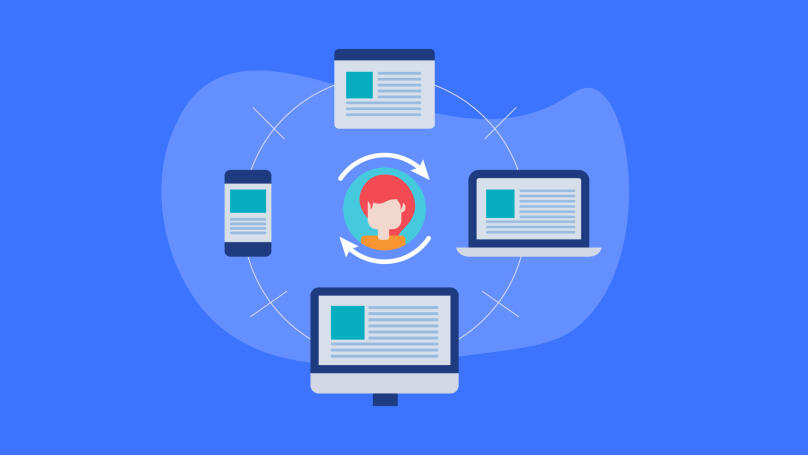Retargeting
What is retargeting?

Retargeting means showingan advertisement to users who have already seen it. Targeting is showing ads for a product to people who are already interested in it. Retargeting is one of its subtypes. Retargeting makes a product instantly recognisable to prospective customers and increases the likelihood of a purchase. Most of us need to see an advertisement for a particular product multiple times before we decide to buy it.
You can place retargeting ads on the websites that have banners, Like Google Ads, mobile apps, social media, or on a company's website. More than 91%of marketers consider retargeting to be equally effective as search engine advertising, email marketing, and other promotional tools.
With the help of retargeting, your can not only display ads to interested audiences, but you can also:
- Remind the customer that they have a product in their shopping cart that has not been checked out yet.
- Recommend products which the customer might like.
- Introduce the audience to your new products.
- Advertise a specific brand.
To find a solution to each of these tasks, you must use the appropriate types of retargeting.
Types of retargeting

Depending on the purpose and the ways of interacting with your audience, there are five different types of retargeting:
- Search engine retargeting. With this type of retargeting, the user will see a product ad banner if they searched for a product using a particular keyword query. This type of ad display is mostly configured in Google Ads. Across various services, repeated ad displays are known under different names, like remarketing or retargeting. These different labels, however, do not actually change the fundamental principles of setting up an ad account.
- Retargeting after visiting the website. The retargeted audience, in this case, is the company's website visitors. The data is collected using cookies that track the user's activity and display ad banners when the user visits other websites. Before collecting user data this way, however, you must first obtain the user's consent to do so.
- Social retargeting or social media retargeting. This type of targeting is set up depending on users' activity on social media, namely their likes and reposts. The most effective social media ads are considered Facebookads.
- Dynamic retargeting. Dynamic retargeting is a methodology that can be used to set up personalised advertising for potential customers. They will be shown ads for products they have already shown an interest in, either by opening the product page or putting a product in their shopping cart. Typically, a product card is used to create this kind of advertising banner.
Generally, the price of retargeting (excluding the fee of an expert who is setting it up), depends on one of these two factors: the number of impressions or the number clicks. In the first case, thepricevaries depending on how many people saw the advertisement. In the second case, how many people clicked on the link in the ad. Setting up retargeting, including selecting a payment model, depends on the advertiser's retargetinggoals. The retargeting payment model, where the advertiser pays for the number of impressions, is only helpful if the main goal of retargeting is not to boost product sales per se, but to increase the overall brand awareness.
For any kind of retargeting, the key question is your audience. The success of any goal will depend on choosing the right retargeting audience.
The audience for retargeting

The audience for retargeting are people who have made the targeted action (visited the shop's website, left their contact details, clicked on the link, and so on). For retargeting, after a visit to the website, the data collection will be as follows: when the user visits the product page, this action is captured by a set counter (retargeting pixel). Following that, the advertisement for a product that interests the user will be shown on partner's websites and social media platforms to persuade them to make the purchase.
Customer data obtained from different sources can be used for retargeting:
- Retargeting pixel. This is a unique software code that a company places on their website and configures in the advertising file. Thepixelcan be embedded not just on the company's website but also on its pages on some social media platforms, for example, on Facebook.
- A company database. Such databases may contain the contact information of the company's regular customers or information that the company collects using a lead magnet: pages on social media, email addresses, unique device identifiers (MAC addresses), and phone numbers.
- Similar audiences. On some websites, such as Facebook, it is possible to find an audience like your existing customers. To do this, you need to upload your existing database and the service will find people of the same gender, age and living in the same area.
Retargeting will not help you attract new customers, but it can effectively bring your audience back. This is mainly aimed at people who have already viewed a product page in your online store, paid a visit to your company page on social media, or are interested in your advertising. After all, users who have already searched for information about your product are usually more inclined to buy the product than some random people who see your online advertisement.























